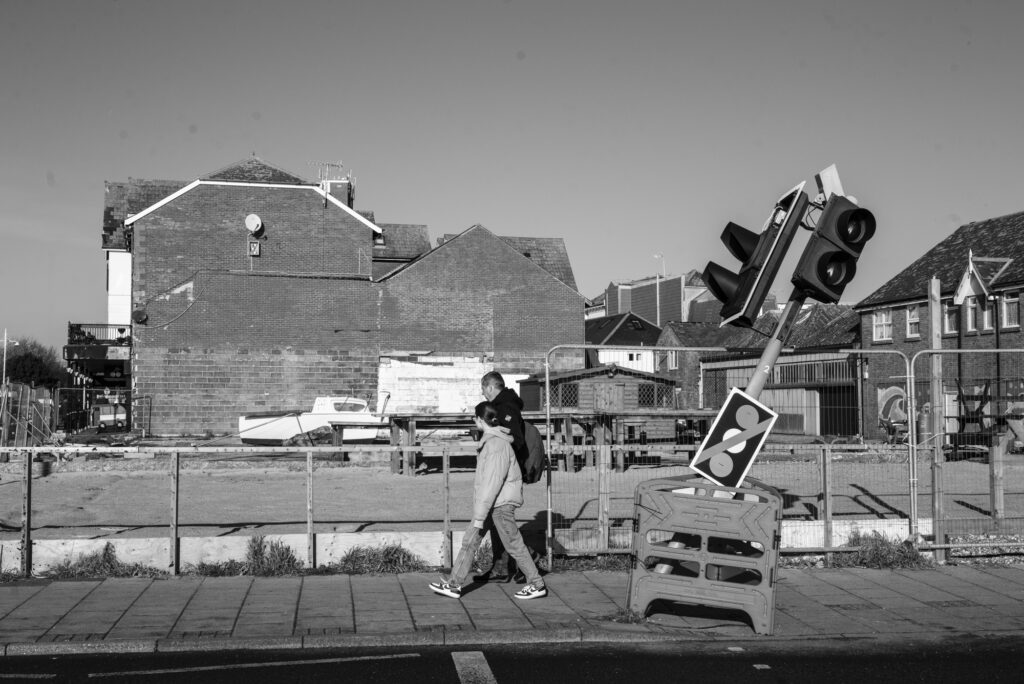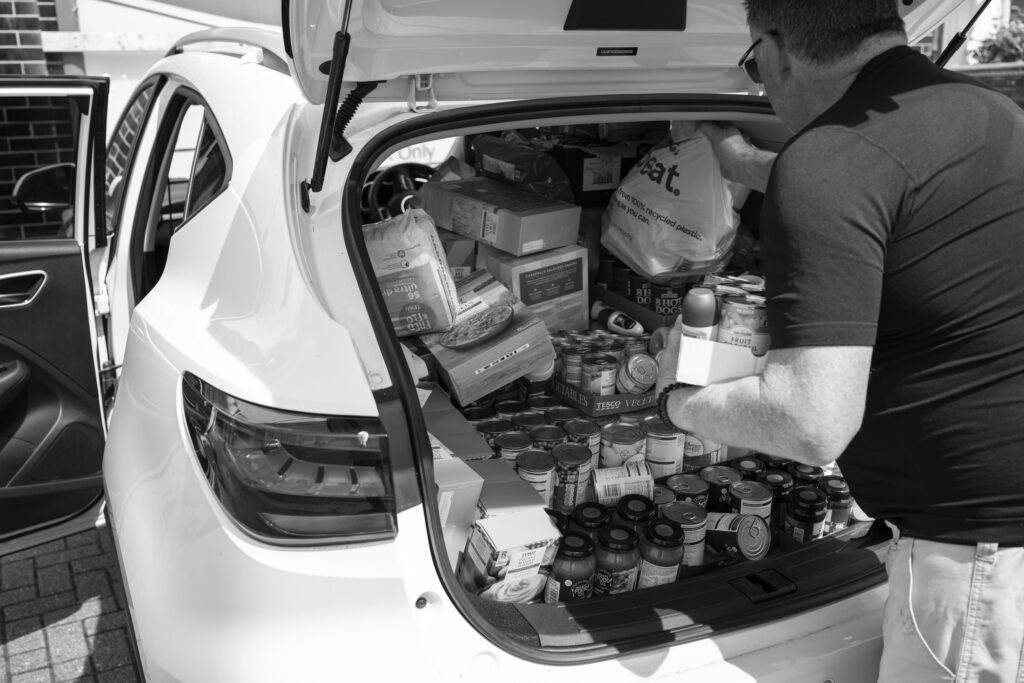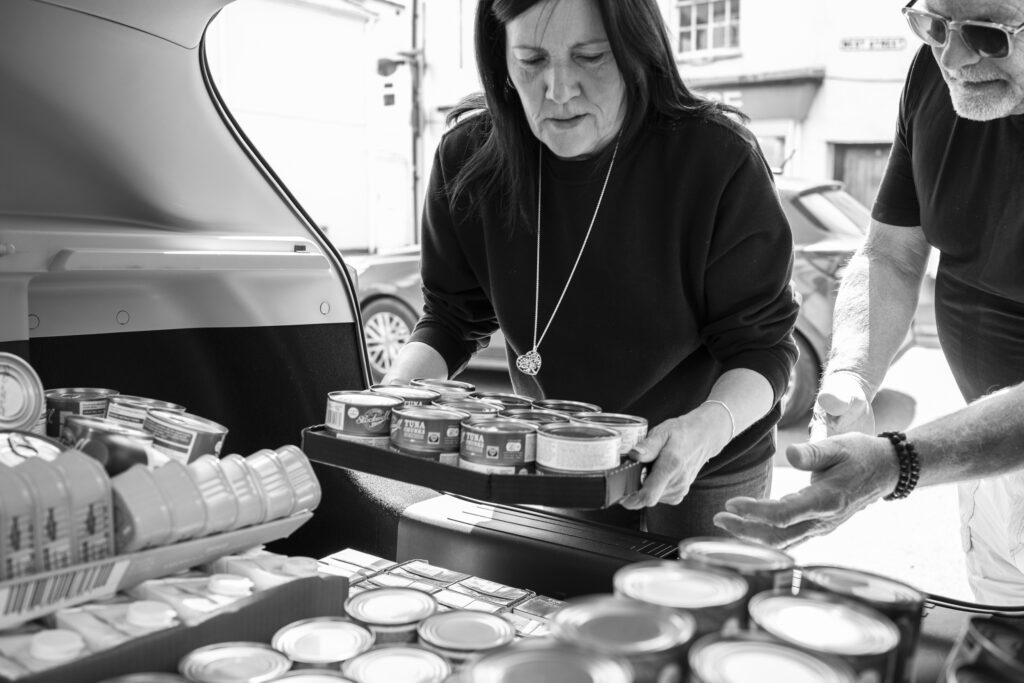
Photo essay – Part 1
The first in a series of photo essays about Bognor Regis and what I call, the Ice Cream Economy.
Late last year I came across a number of reports and articles about the growing poverty in coastal towns around the UK. Some of these reports were several years old but it was obvious from the latest research that the situation hadn’t changed.

Whilst doing this research I also read a number of news articles, all referring to the same survey by Which? magazine that had rated the best and worst seaside towns, primarily based on aesthetics.
Closest to where I live on this list was Bognor Regis, it came joint last based on the Which? criteria, but I also knew from other papers that it ‘scored’ high for poverty as well.
In January I started the first of my monthly visits to try and understand Bognor Regis.

At first I walked up and down the esplanade observing the people, including someone walking an iguana, which you don’t see everyday.
I took in the beachfront entertainment and how it all sat together as an experience. I also walked back from the beach into the town and the surrounding streets, which I felt was likely to be where the real Bognor was visible.

It was. I was particularly struck by the few hundred yards that separates the fenced and gated multi-million pound Butlins complex with the pitched tents of the homeless and orderly queue of people waiting to pick tins of food from a trestle table perched outside a local church.


This prompted me to contact the local Trussel Trust food bank and I recently spent a morning with the volunteers who unpack, weigh, shelve and then bag-up the donated food.


The average number of ‘customers’ in the first three months of 2023 was over 500 a month and demand continues to grow year-on-year. Evidence that Bognor is a town with increasing poverty.
“There is a great community spirit in Bognor.” I was told, just before a supermarket delivery van turned up to drop off several bags that some generous person had ordered online and chosen to have delivered directly to the food bank. Just as this was cleared by the volunteers, two women turned up with a car full of food, “I filled five trolleys”, one said. This bumper delivery was the result of fund raising by the Bognor Regis Ladies Darts League. “You’re very welcome” they said, as the last bag was placed on the floor.



There’s a lot that is attractive about Bognor that isn’t picked up in consumer magazine surveys.
As I continue with this project I will write further photo essays about aspects of Bognor and the people who make it the place that it is.

